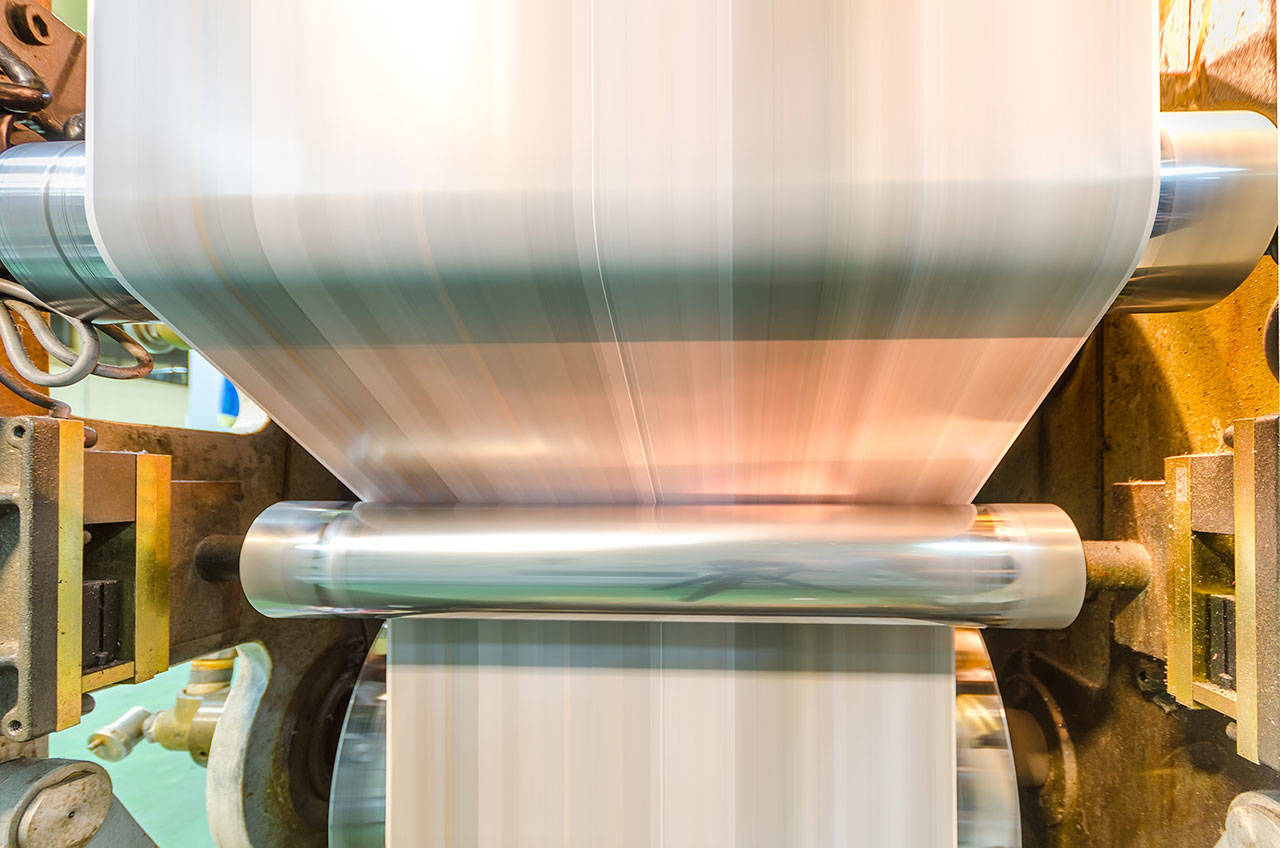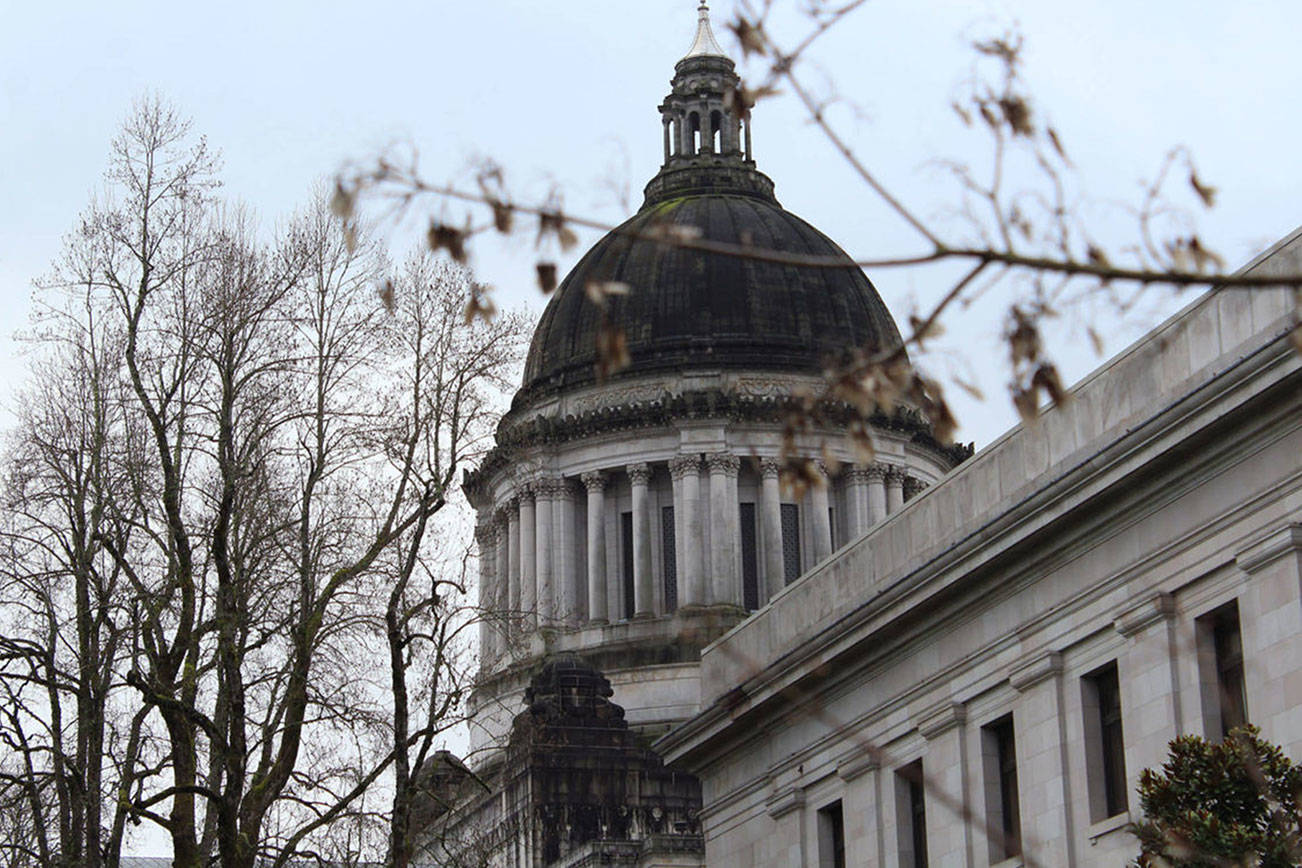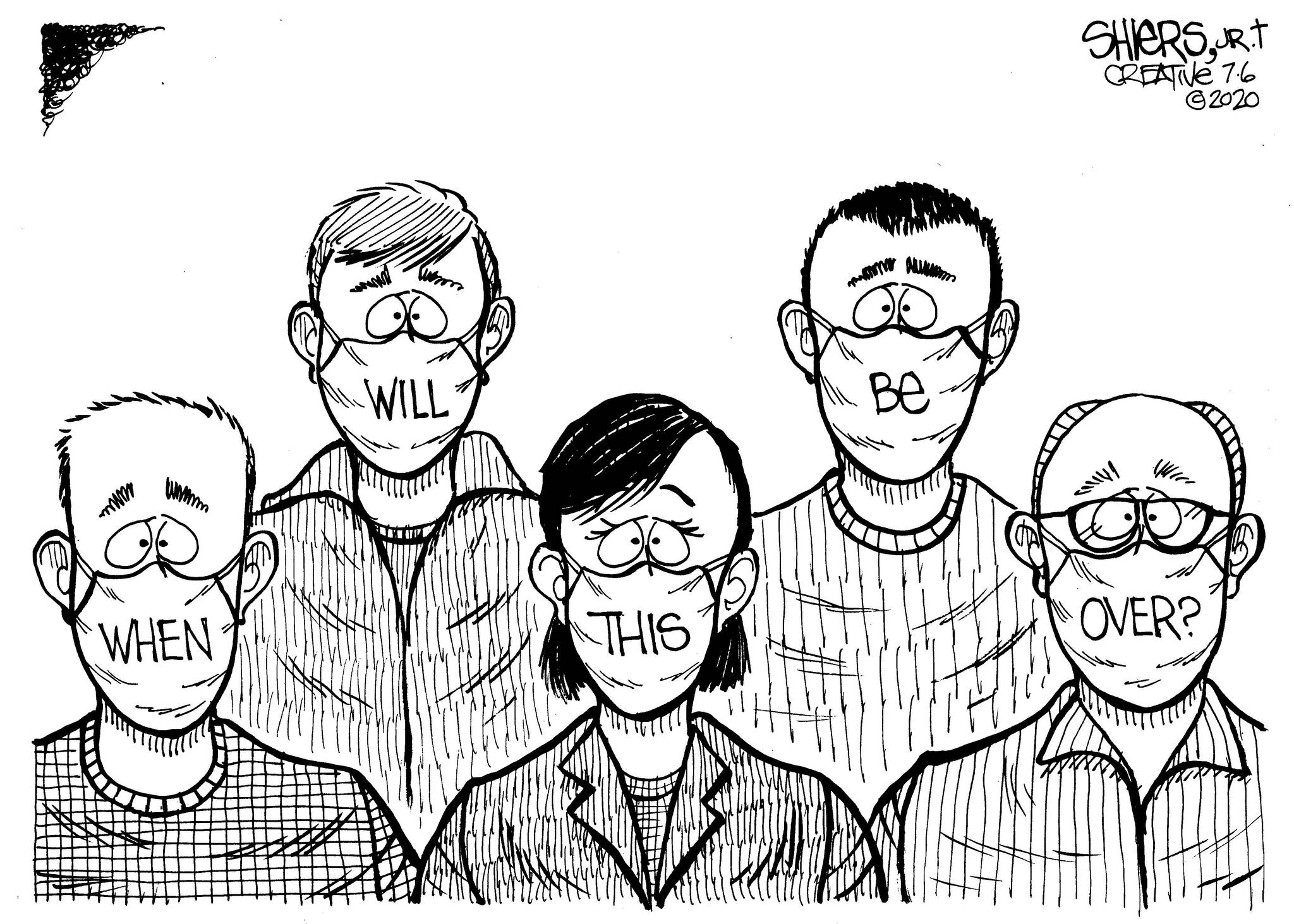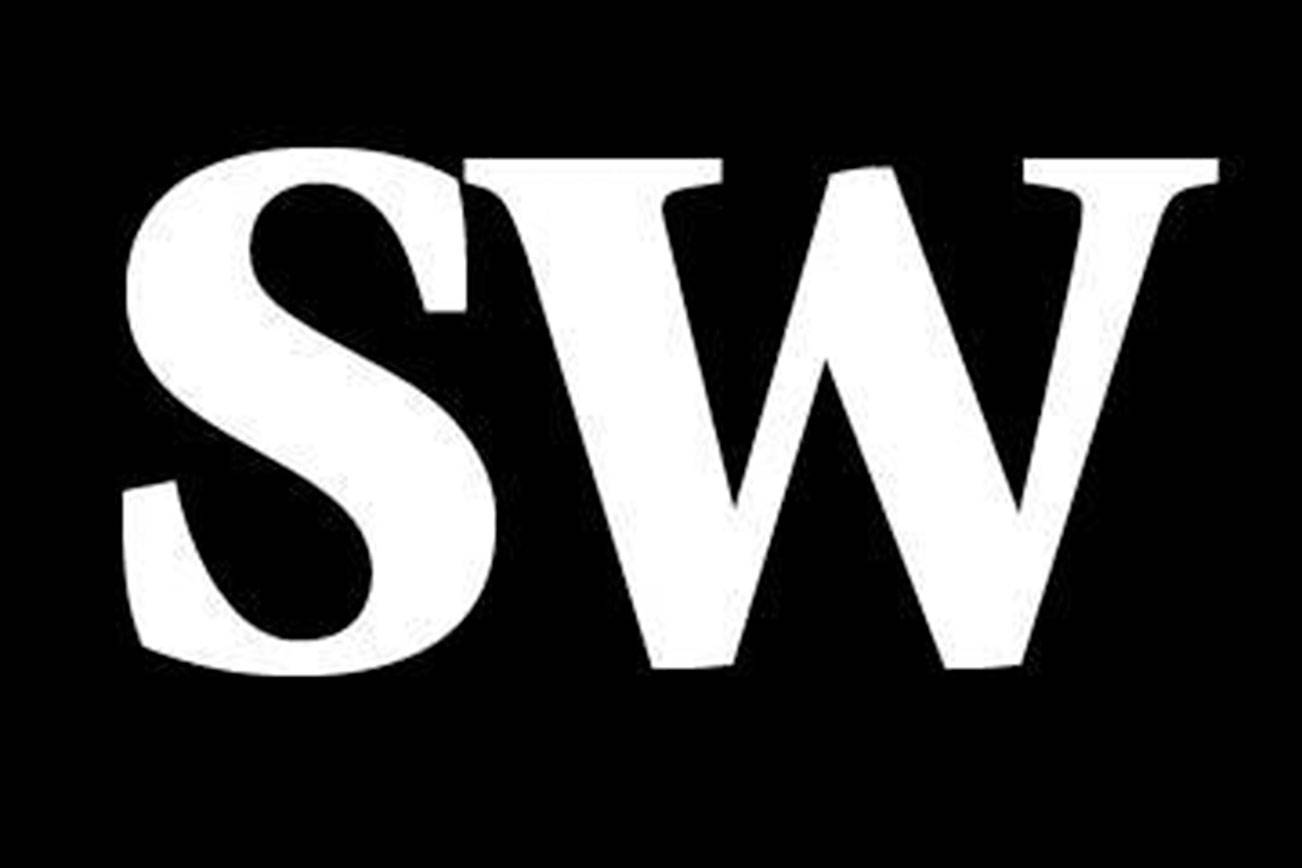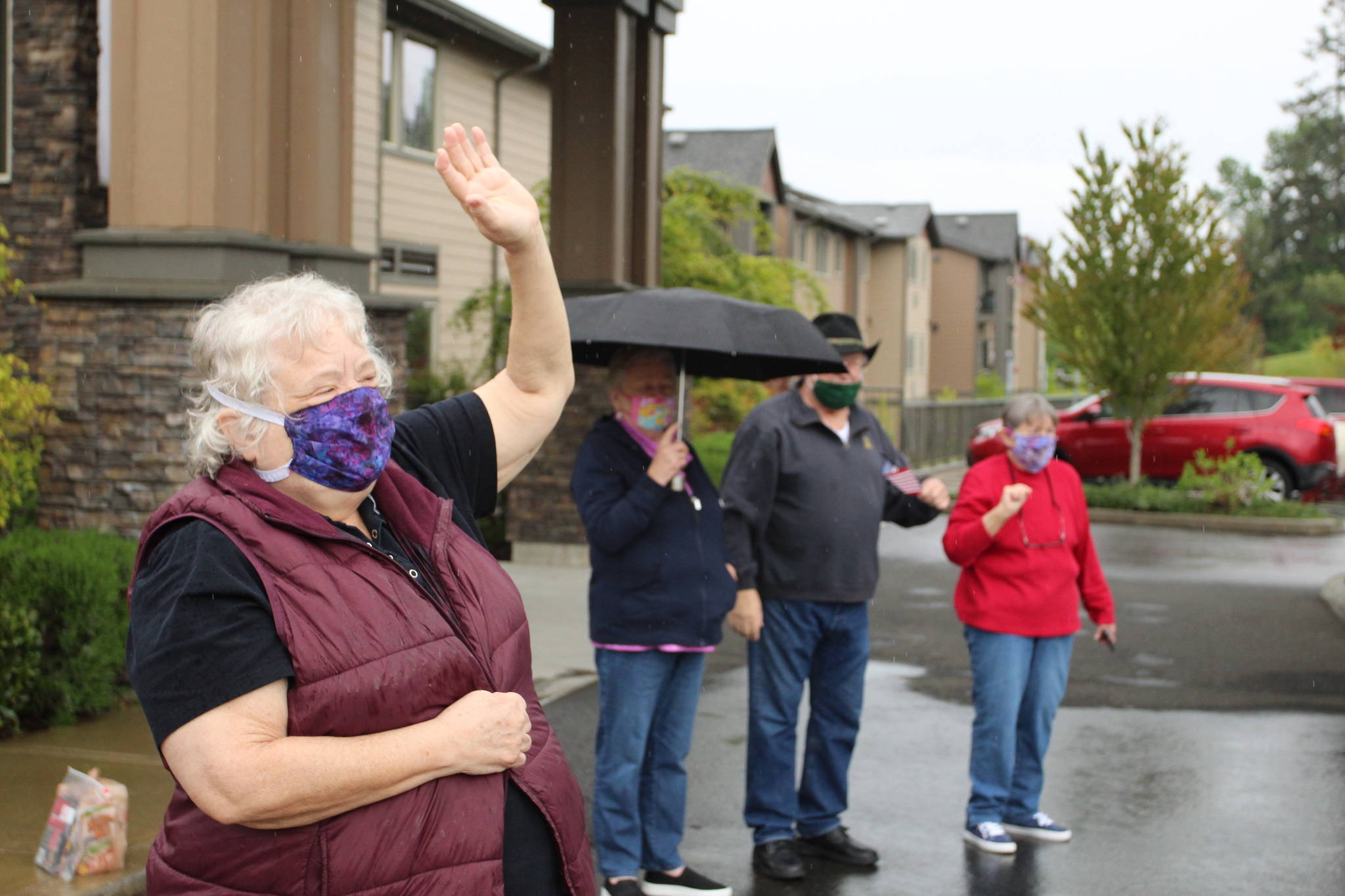“I never argue with a man who buys ink by the barrel.” —Roger Branigin, 1962
One wonders if Branigin, an attorney who three years later would become governor of Indiana, ever considered whether he could win those arguments by slapping tariffs on the paper on which newspapers are printed.
The thought apparently has occurred to the Trump administration, which—at the request of a single paper mill in southwest Washington—has imposed two rounds of tariffs since the start of the year—now amounting up to 32 percent—on newsprint exported from Canadian mills to newspapers in the U.S.
The U.S. Department of Commerce imposed the tariffs following a complaint by NorPac, the North Pacific Paper Co. in Longview, that Canadian paper mills, subsidized by their government, were offering lower prices that undercut U.S. mills. The Longview mill is one of only five U.S. mills that produces “uncoated groundwood paper,” providing 800,000 tons of newsprint annually, nearly half of the supply for the nation’s newspapers.
That’s good news for many in Longview, the Chicago Tribune reported this week. The mill now employs 400 full- and part-time workers, has restarted idled machinery and may bring back another 50 employees.
But it’s been bad news for newspapers across the country, particularly those in smaller and rural communities. The result of those tariffs has been up to a 30 percent increase in the newsprint costs for newspaper and book publishers and other print media, at a time when newspapers have struggled with a decline in revenue from advertising and subscriptions.
What’s good for mill workers is jeopardizing jobs throughout a U.S. newspaper industry that employs about 180,000 as reporters, photographers, advertisers, office employees, carriers, and others. As recently as 2010 the industry employed more than 256,000.
The impact is toughest on smaller community newspapers that can’t easily absorb the added cost, particularly when newsprint is a paper’s second biggest cost for many publications after employees. Newspapers also have been hurt by the Trump administration’s tariffs on aluminum imports, since newspaper presses use aluminum plates to print each page.
Even in Longview, the local newspaper, The Daily News, is struggling with the tariff’s effects, Publisher David Thornberry told the Tribune. The tariffs have increased the cost of each reader’s newspaper by about five cents, which Thornberry said, may not seem like a lot but is equal to two reporter positions over the course of a year.
Many newspapers are torn, then, between increasing prices or cutting the number of pages, publication days and employees, which risks additional alienation of subscribers and advertisers.
And there’s no guarantee that the good news will continue for paper mill employees. The tariffs were sought by NorPac’s owners, the hedge fund One Rock Capital Partners, based in New York and Los Angeles. No other mill joined One Rock in the request for trade protection. In fact, the American Forest and Paper Association, representing the paper mill industry, is opposed to the tariffs, pointing out that it’s a North American market that U.S. and Canadian mills serve.
It’s not hard to envision—unless you’re a hedge fund focused on short-term profit for investors—that as costs increase for newspapers and cuts are made, demand for newsprint will decline, jeopardizing employment at the mills that remain.
There is some hope that the tariffs, at least on newsprint, can be lifted. The U.S. Department of Commerce is expected to make a final ruling on the tariffs by Aug. 2. But the International Trade Commission, a bipartisan federal agency, must concur with the Commerce decision. It meets for a public hearing on July 17.
The Commerce Department and the trade commission should recognize that the jobs of newspaper employees should not be pitted against those of mill workers and that the paper mills depend on a vital newspaper industry.
Bipartisan legislation has been proposed in the Senate and House that seeks a temporary lift of the tariffs while the Commerce Department undertakes a 90-day study of the health of both the newsprint and newspaper industries and presents findings and recommendations to be considered by the president before permanent tariffs could be imposed.
None of Washington state’s congressional delegation have signed on as co-sponsors to the Protecting Rational Incentives in Newsprint Trade Act—or PRINT Act—though both Democratic U.S. Sens. Patty Murray and Maria Cantwell told Longview’s Daily News earlier this month that they were reviewing the legislation.
At the same time, however, several state lawmakers from southwest state legislative districts have asked U.S. Rep. Jaime Herrera Beutler (R-Battle Ground) to represent the Longview mill at the ITC’s July meeting. A spokeswoman for Herrera Beutler, The Daily News reported, said she was not certain the congresswoman would attend.
Recognizing that those state lawmakers are facing re-election in an economically challenged region, it would be in the best long-term interests of their constituents and residents of communities throughout the state to rescind their request. At the same time, the members of state’s congressional delegation should add their support to the PRINT Act, which seeks a reasonable consideration of the health and needs of both the newsprint and newspaper industries before tariffs are considered as a remedy.
Newspapers buy ink by the barrel and newsprint by the ton not just to argue but to keep their communities informed and involved.
